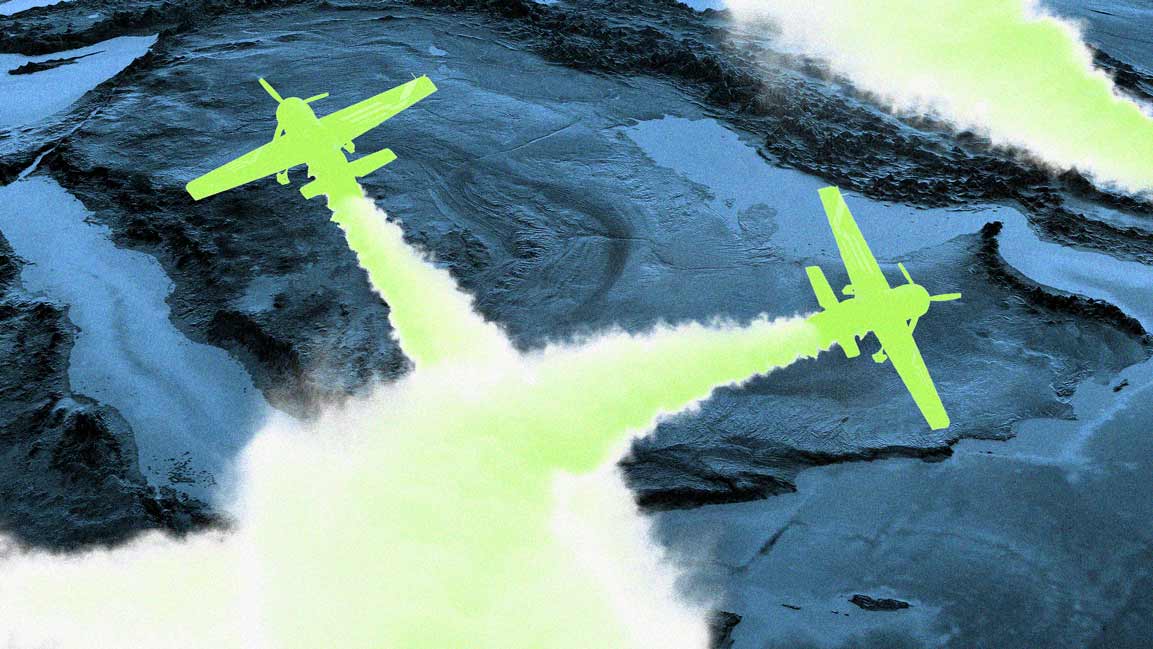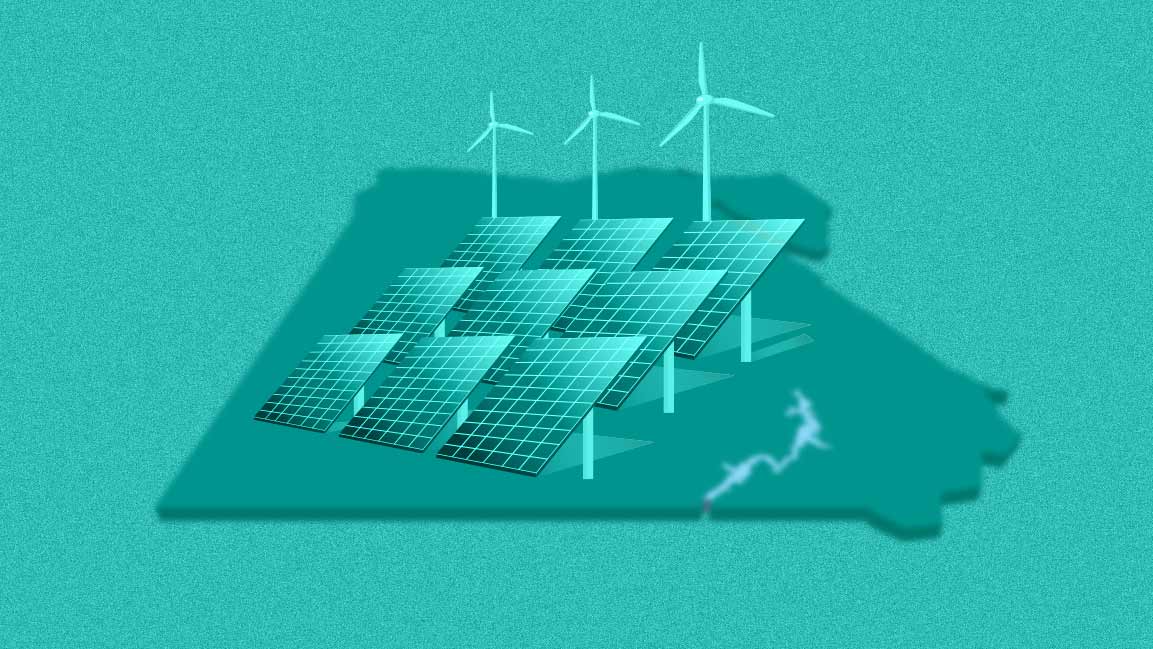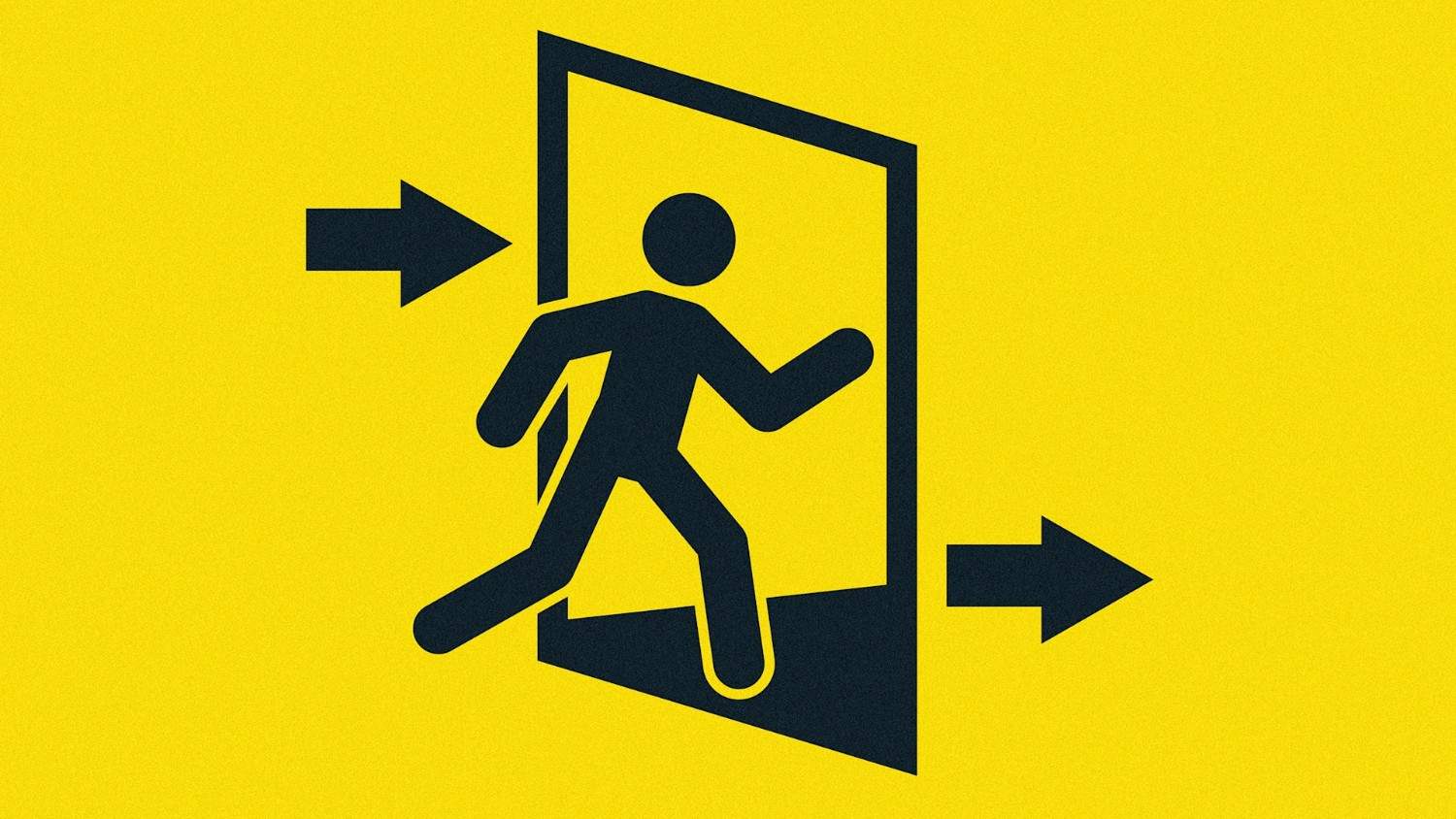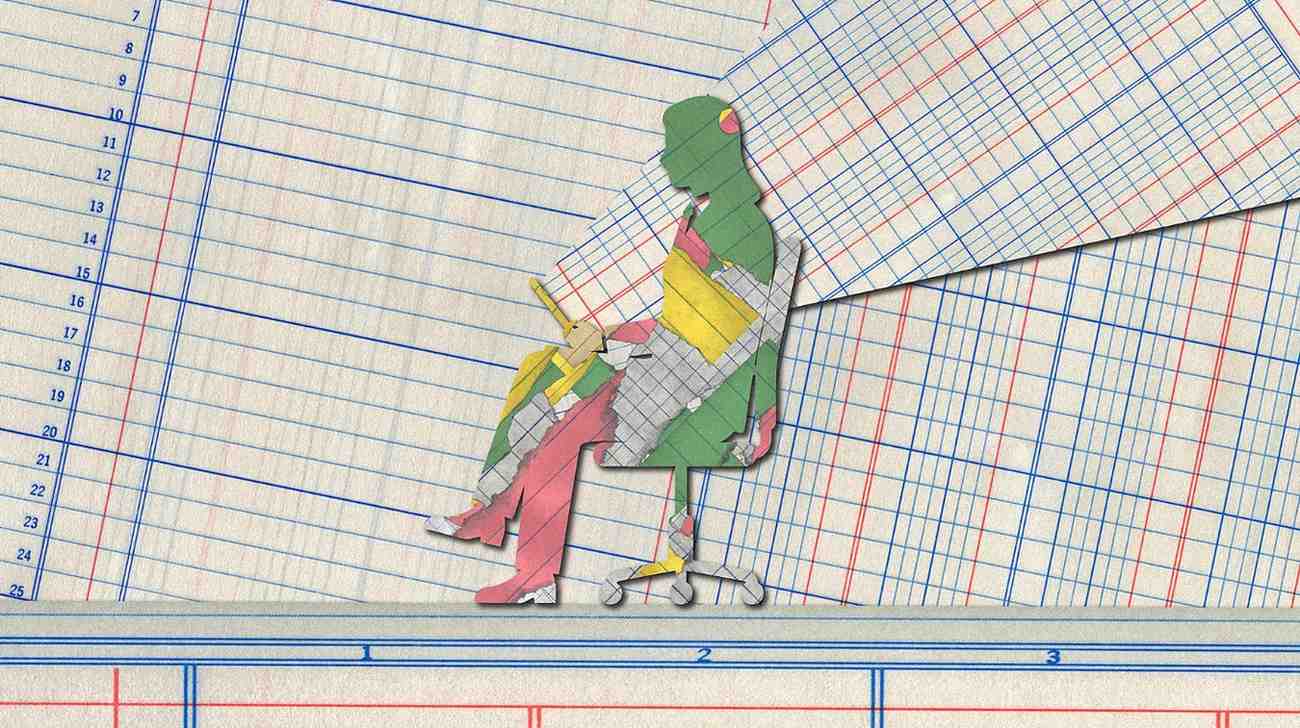- | 1:00 pm
Saudi Arabia is making steady progress in cloud seeding program
The country has carried out as many as 451 flights for cloud seeding and research in 2023

Saudi Arabia’s Regional Cloud Seeding Program aims to promote sustainable development, search for additional water resources, make the country green, and reduce desertification.
The program’s first phase was launched in 2022. It has now announced that it has carried out as many as 451 flights for cloud seeding and research, with 1,424 flight hours throughout 2023. This included 415 flights for cloud seeding and 36 flights for research and study.
According to a report released by the Regional Cloud Seeding Program, cloud seeding planes and research planes carried out operations covering six regions of the kingdom. The operations resulted in 15 minutes of rain with a total estimated rainfall of four billion cubic meters.
So far, the program has completed four phases, with work underway for the fifth phase.
“The cloud seeding technology works to increase the quantity and quality of rain for certain clouds to exploit its properties and stimulate and accelerate the rainfall process in predefined areas,” said Executive Director of the Cloud Seeding Program, Ayman Al-Bar.
“This is done through aircraft designated to seed fine materials that do not harm the environment in specific places of clouds. It is one of the ways to contribute to maintaining the water balance, as it is a safe, flexible, and inexpensive super technology,” Al-Bar added.
Cloud seeding is a process of modifying weather conditions to alter the quantity or kind of precipitation that occurs naturally. This technique involves releasing substances or electric charges into the air from light planes fitted with flares. The flares are released into the base of clouds and contain salt crystals mixed with potassium chloride, sodium chloride, and magnesium. These substances encourage water vapor in the clouds to form heavy droplets that fall as rain.
































